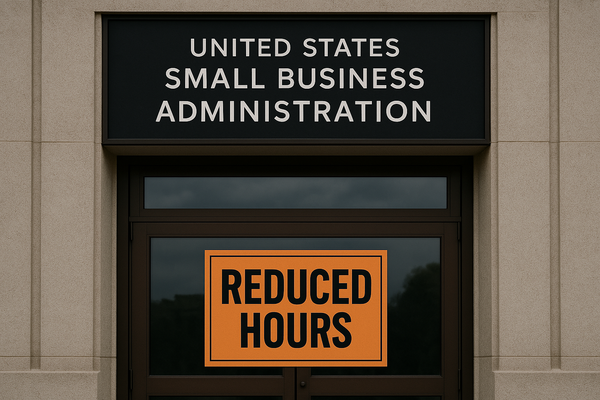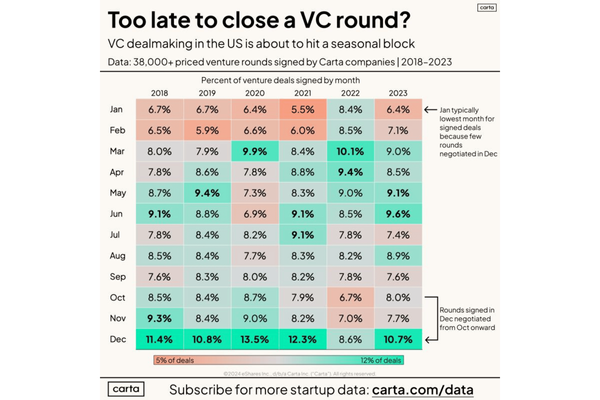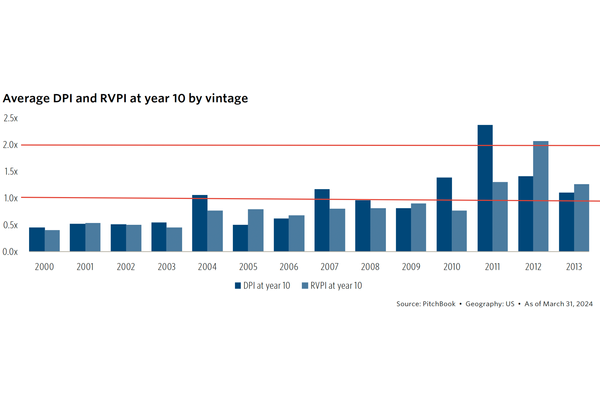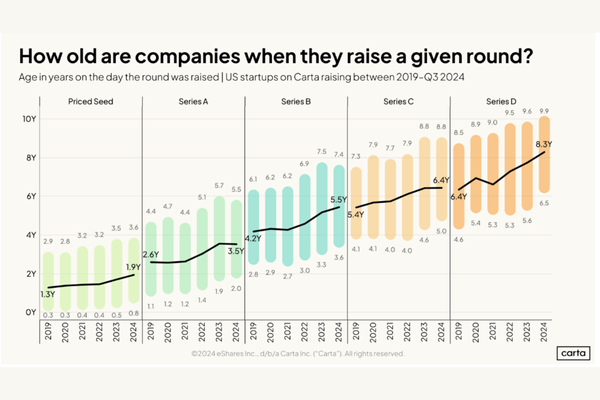Defining Product-Market Fit: Feasible, Desirable, and Viable
Building a startup can feel like a scene from the movie Groundhog Day. Each day feels like you're fighting battles you've fought before.
One reason for this is that product-market fit is a constantly moving target. The term product-market fit sounds like a fixed destination. Find it, and you're on your way to unicorn status. But we know that's not the case.
We find product-market fit, try to scale it, lose it, and seek it out once again.
This constant effort is happening against the backdrop of milestones we need to achieve before our next round of funding and a rapidly dwindling cash runway.
We can use plenty of numbers and metrics to measure product-market fit. But I must admit that in the past, I often found myself getting lost in the data or even falling into the trap of interpreting the results just favorably enough to keep me from the hard work of changing course. Those are stories for another time.
I'm older, wiser, and battle-tested now. When coaching a founder, I regularly go back to the essentials of the product-market fit framework and the nine key questions that can help us reset our frame of mind before diving back into the data.
Let's do that now, starting with the basics.
Product-market fit lies at the intersection of Feasible, Desirable, and Viable.
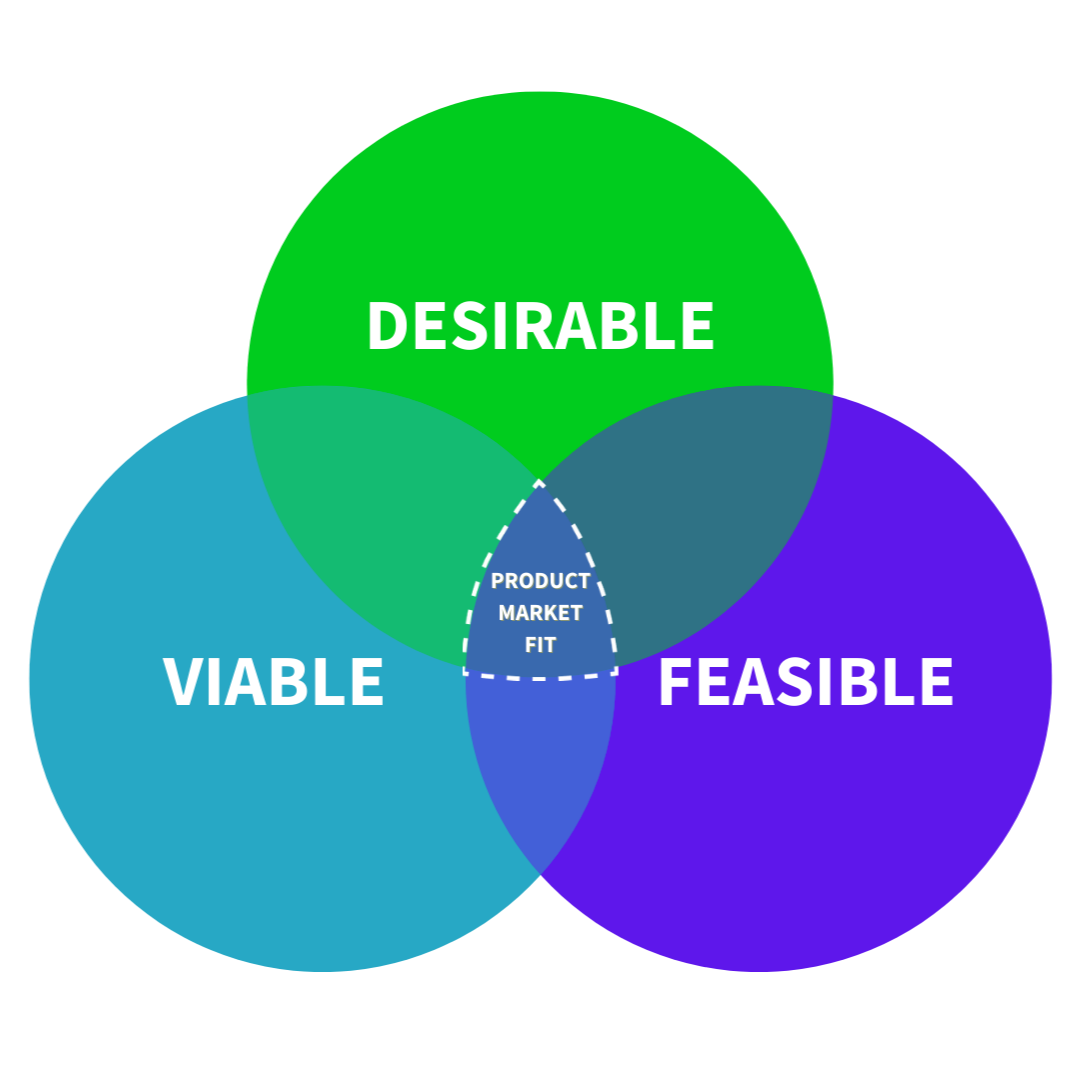
- Feasible: Can you build the solution for your target market, given the skills and experience of your current team and available capital?
- Desirable: Are your target customers willing to purchase your product or service solution at the price you need to charge to support your target unit economics?
- Viable: Can your startup consistently generate profits and positive cash flow as you scale?
Pretty simple, right?
Now, let's go deeper.
Here are nine essential questions to help you assess product-market fit.
Feasible
- Do your past experiences provide you with the knowledge of the customer and the industry to truly understand the problem you are trying to solve?
- Do you and your team have the technical skills to build your product?
- Do you have the cash runway necessary to develop your product, bring it to market, iterate to product-market fit, and hit your critical funding or cash flow milestones?
Desirable
- Are you customers willing to pay a price that delivers acceptable contribution margins?
- Do your customers keep coming back, building strong customer lifetime value, or do they dip their toes in once, only never to return?
- Can you acquire new customers efficiently, supporting your target unit economics?
Viable
- Is your business model scalable, allowing you to maintain a clear path to profitability and positive cash flow as you grow?
- Do you have sufficient capital to fund investments critical to your growth, such as inventory, capital expenditures, and R&D?
- Can you reach your milestones for your next fundraise or positive cash flow?
Dig Deep. Then Repeat.
You can certainly rip through those questions, quickly throwing out a quick yes or no. But you can see that each of these questions requires a deeper assessment of your team, product, path to market, and finances to truly get to the right answer.
The questions are simple enough for your leadership team to throw up on a whiteboard. But they require time and effort to get to the correct answer.
That's critical as you try to understand where you lie on the journey to discover, scale, and retain product-market fit.
Of course, just when you have it locked in, it can vanish again!
- You can iterate your way out of Feasible
- You can scale beyond Desirable
- External events can move the Viability goalposts
In future posts, I'll expand on how I use this framework to determine when you may have lost product-market fit so that you can do the hard work required to get back on course.

